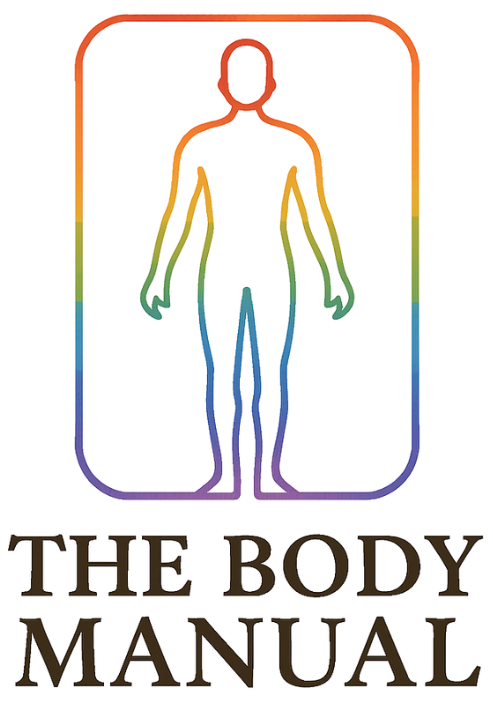By Dr. Zachary LaVigne, B.S., D.C.

Picture this. You’re sitting across from someone you love. You open your mouth to say their name, and in less than half a second, your body does something that took millions of years to perfect. Air leaves your lungs. Two thin folds deep in your throat flutter together hundreds of times per second. Tiny muscles adjust tension to fine-tune pitch. Your tongue twists, your lips shape the sound, and somehow that invisible wave of air becomes meaning. A name. A word. A thought made physical.
It happens so fast you never notice the choreography. But inside, it’s a biological symphony. Your breath is the percussion section. Your larynx is the string instrument, producing tones as the vocal folds vibrate. Your tongue, teeth, and lips are the woodwinds, shaping resonance into melody. And the conductor, your brain, leads an orchestra of more than a hundred muscles, all firing in precise order without conscious effort.
Speech begins in silence. Deep in your brain, Wernicke’s region translates ideas into meaning while Broca’s region plans how to form the words. The motor cortex then fires instructions to your jaw, throat, tongue, and lips. It is as if you decide “I’ll speak” and a legion of neurons instantly obeys. The coordination required is staggering. If one node lags by just a few milliseconds, language can falter.
Then there are the nerves, those slender threads that carry the brain’s will into motion. The vagus nerve is a major pathway, sending commands to the throat and larynx. A branch called the recurrent laryngeal nerve loops down into the chest: on the left side looping around the aorta, on the right looping under the subclavian artery, before climbing back up to the larynx. That curious detour is a relic of evolution. The recurrent laryngeal nerve innervates nearly all the intrinsic muscles of the larynx. Damage to those nerves can silence the voice entirely.
And consider this: the same biological setup allows us to speak in thousands of different voices. According to the Ethnologue catalog, there are 7,159 living languages in use today. Every one of those, whether English, Zulu, Quechua, or Navajo, can pass through the same vocal architecture. The same vocal folds that whisper a secret can roar a protest or sing a lullaby.
Other animals communicate. Chimps grunt. Birds sing. Dolphins click. But only humans can transform air into abstract ideas, into stories, into futures that don’t yet exist. Our voice carried campfire tales, war cries, treaties, poetry, revolution. Every culture began with someone speaking into the air and someone else understanding.
If you pause and really listen to yourself speak, feel the vibration in your throat. In that moment you are the meeting point of evolution, anatomy, and consciousness. You are proof of a system so subtle, so exacting, it seems supernatural.
Words are not just sound. They are connection made flesh. The next time you speak, remember: you are channeling millions of years of biology, and turning thought into breath, breath into meaning, and meaning into human communion.